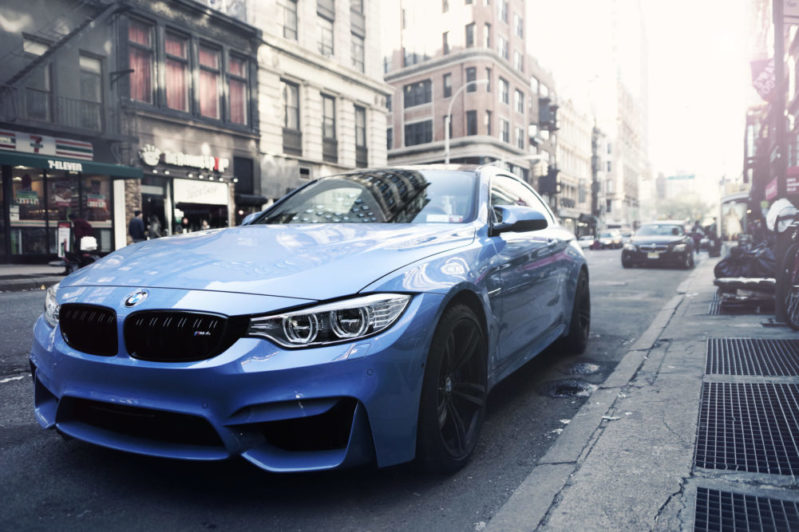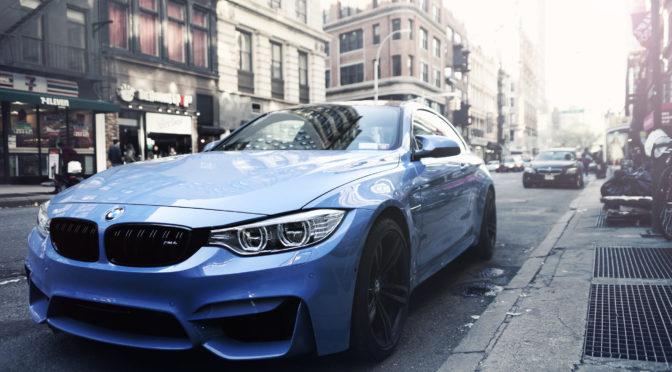
It’s tough shopping for a car for your teenage drivers. You want them to be safe, of course, but you also don’t want to spend a fortune, especially since college costs are just around the corner (or are already part of your monthly expenses). I’ve written guides for safe and affordable vehicles for young drivers in the past, and there are simply more issues to consider than when buying vehicles for safer drivers with larger budgets. Even organizations like the IIHS don’t necessarily steer parents in the right directions.
Why is it important to consider horsepower when looking at cars for teen drivers? Aren’t safety features more important?
1. Teens are less likely to speed in vehicles with less horsepower
2. They’re also less likely to engage in risky driving (like aggressive lane-changing, racing with friends or strangers, and red-light running)
The second and more broad reason to avoid vehicles with high horsepower for ones with low horsepower is that vehicles with less horsepower are less likely to encourage teenagers to engage in a wide range of risky behaviors, including aggressive lane changes, street-racing (whether with friends or with strangers), and running red lights.
The reasons behind this are related to the reasons behind why teens (and all drivers) are more likely to speed when behind the wheels of more powerful vehicles and more likely to drive prudently when piloting normally powered vehicles: the power is seductive. Many studies have shown people are more likely to display aggressive behaviors when driving or commuting than when walking or cycling, and statistically speaking, we’re more likely to act as if we’re characters in action movies (changing lanes rapidly, revving our engines at stop lights, trying to beat stale yellows) when we think we’ve got the muscle beneath the hood to do so. If this doesn’t sound like something you’d do, that’s great! But if you’ve got a teenage driver–and a male one in particular–he or she is unlikely to have as much temperance as you do, and it’s highly likely that you didn’t have as much restraint as you currently do when you were 16, 17, 18, or 19.
Cars with less power are driven more practically and less aggressively, which makes them and their drivers safer.
But I heard higher horsepower was safer, since it allows you to merge safely / avoid errant vehicles / etc…?
This is a frequently-given reason for choosing vehicles with a bit of “get up and go!” as a good friend of mine calls it. However, the truth is that virtually any vehicle made since 2000 onward has more than enough power to merge safely, and you don’t need 250 horsepower to make it into a lane or to avoid a vehicle that has swerved into yours. What you are more likely to do with that extra horsepower is speed or drive recklessly, which is more likely to lead to a collision or a loss of control. Don’t believe the hype; pretty much anything that comes with an EPA sticker has enough power to get you where you need to go or keep up with traffic. If you’re wanting more power just so you can”have it when you need it”, keep in mind that your teenager isn’t going to be nearly as good of a judge of “when s/he needs it” as you are.
What do you recommend as a horsepower limit for vehicles teenagers are likely to drive?
That’s a great question. I hesitate to give a specific number, as different vehicles react differently with different amounts of weight and engine capacities. However, more broadly, I’d recommend choosing the smallest cylinder option available within a given vehicle, and the lowest horsepower trim level available if you have the choice. Again, whatever you choose will have more than enough power to help you travel wherever you’re going safely. The smaller engines and lower horsepower trims, as an aside, will almost always result in better fuel economy too, as the engines won’t be excessively large. And if you’re considering two otherwise similar vehicles, be sure to take a look at the horsepower figures; what you find may surprise you, and may make a large difference in how safe of a driver your teen is when s/he gets the keys.
If pressed for a number, I’d recommend trying to keep the horsepower to 200 or lower, or at least as low as possible past 200 if you can’t get below 200. In my most recent comparison of safe vehicles for teen drivers, for example, that would mean choosing the Galant or Jetta over the Passat or TL; it would mean choosing the CR-V over the Outlander, and the Yaris over the Forte.
If you find the information on car safety, recommended car seats, and car seat reviews on this car seat blog helpful, you can shop through this Amazon link for any purchases, car seat-related or not. Canadians can shop through this link for Canadian purchases.

